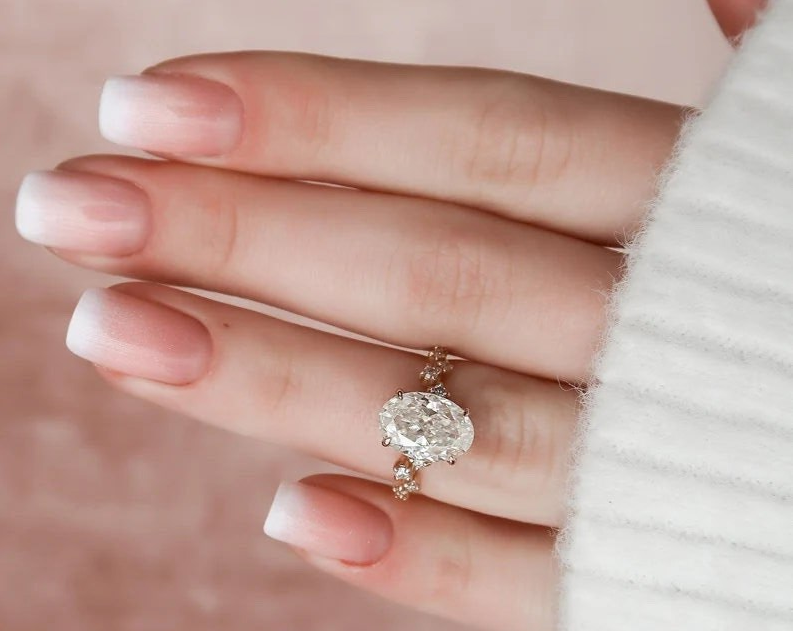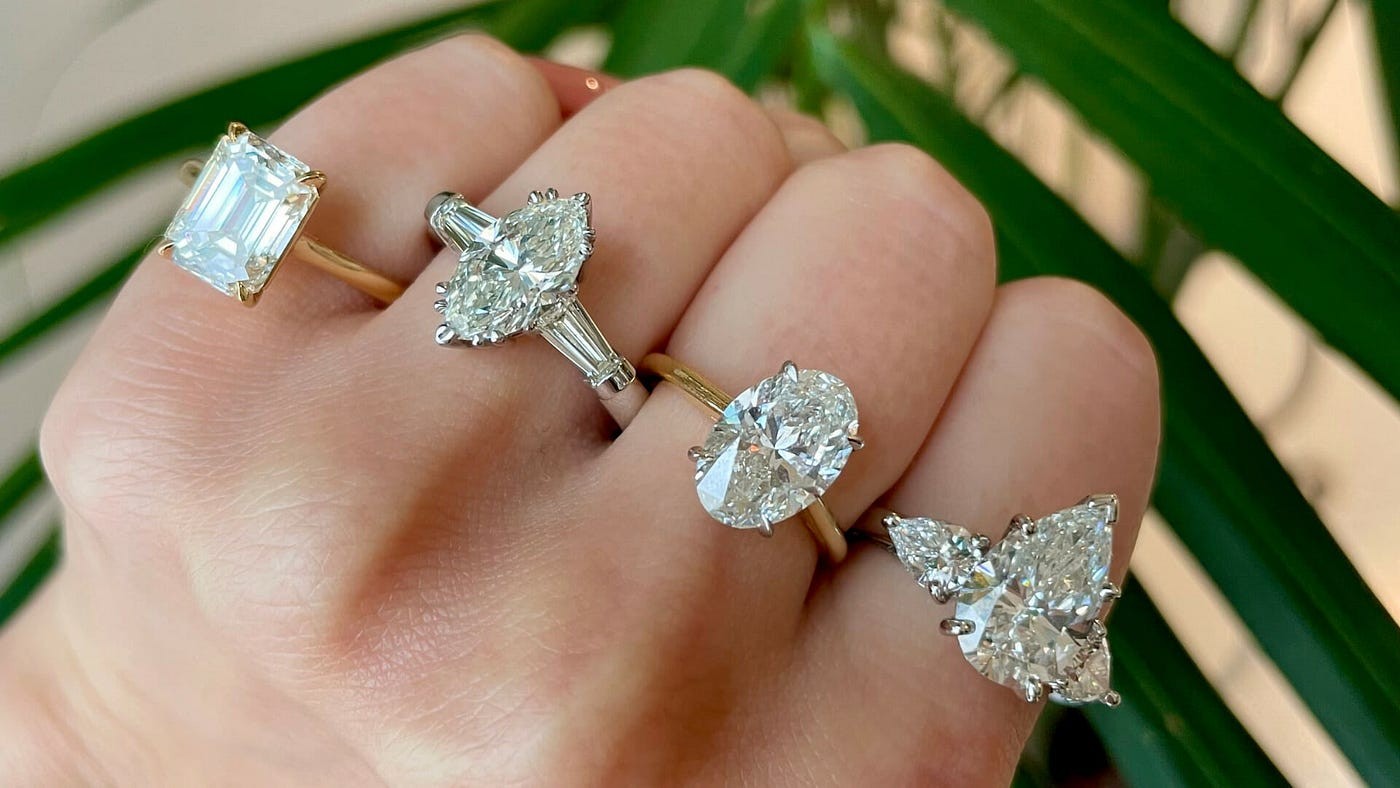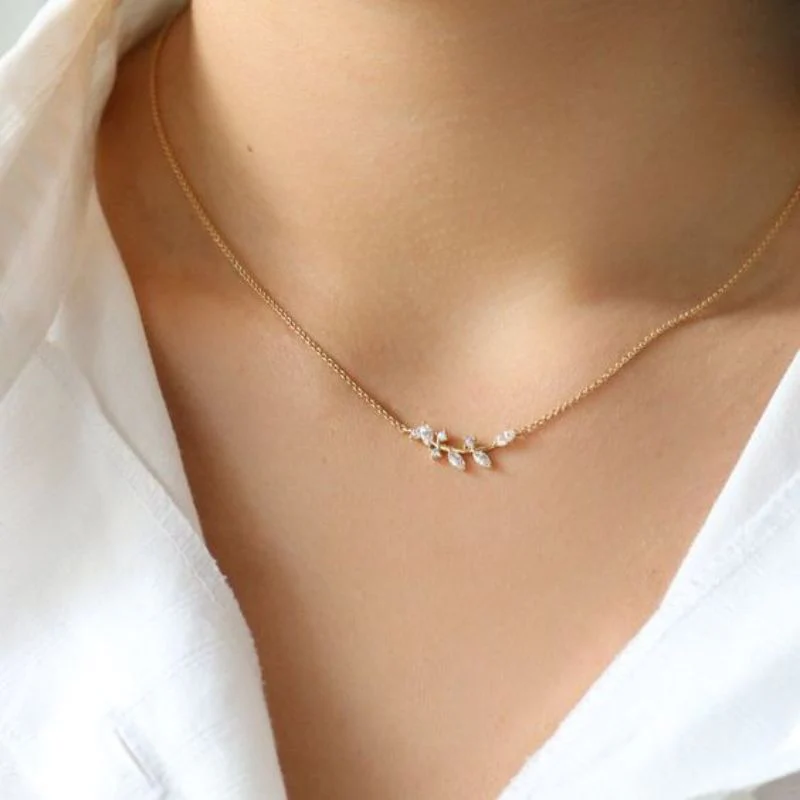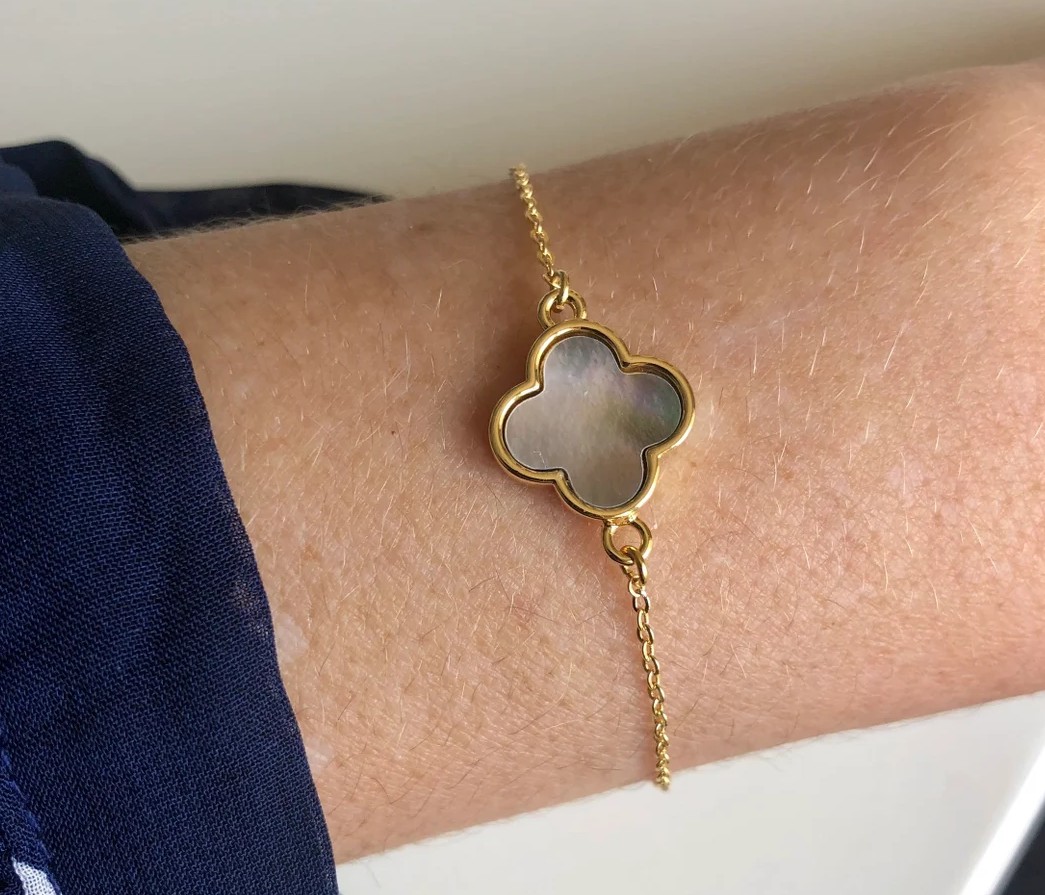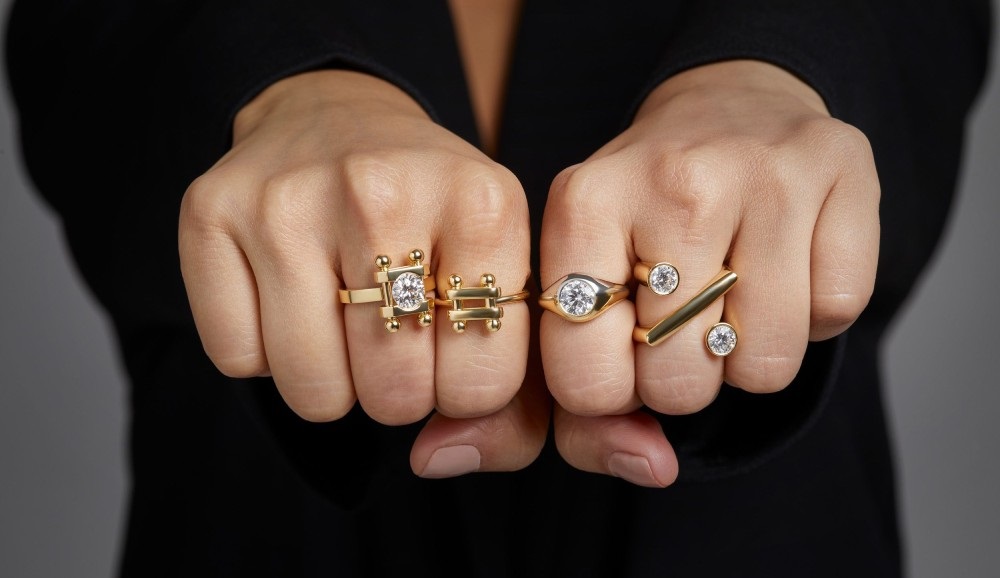When it comes to timeless elegance, few pieces of jewellery can match the allure of round solitaire rings. Simple yet stunning, this classic design has been a symbol of love and commitment for generations.
However, choosing the perfect round solitaire ring involves more than just picking a shiny stone. From understanding the 4Cs to selecting the ideal setting, this guide will walk you through every step of the process, ensuring that your final choice is as flawless as your love story.
The Timeless Appeal of Round Solitaire Rings
Round solitaire rings are a classic choice, favoured for their simplicity and elegance. Their timeless appeal lies in their ability to highlight the natural beauty of the diamond without distractions. The single diamond takes centre stage, allowing its brilliance to shine through. This design is versatile and complements any style, whether it’s modern, traditional, or somewhere in between.
Understanding the 4Cs: Cut, Color, Clarity, and Carat
Before diving into the purchase, it’s essential to familiarise yourself with the 4Cs of diamonds. These factors determine the quality and value of the diamond, so understanding them will help you make an informed decision when selecting Round solitaire rings.
- Cut
The cut of a diamond refers to how well it has been shaped and faceted. A well-cut diamond will reflect light beautifully, creating the sparkle that diamonds are famous for. When it comes to rings, the cut is arguably the most crucial aspect. Look for a diamond with an excellent or very good cut grade. This ensures that the diamond will shine brilliantly, making it a true showstopper.
- Colour
Diamonds come in a range of colours, from completely colourless to those with slight yellow or brown tints. The colour of a diamond is graded from D (colourless) to Z (light yellow or brown). For round solitaire rings, aim for a colour grade between D and H. These grades are nearly colourless, allowing the diamond’s brilliance to take centre stage without any noticeable tint.
- Clarity
Clarity refers to the presence of internal or external imperfections in the diamond, known as inclusions and blemishes, respectively. The clarity scale ranges from Flawless (no imperfections visible under 10x magnification) to Included (imperfections visible to the naked eye). For rings, a clarity grade of VS1 (Very Slightly Included) or higher is typically ideal. This ensures that any imperfections are not visible to the naked eye, maintaining the diamond’s pristine appearance.
- Carat
Carat is a measure of the diamond’s weight, and it directly influences the size of the diamond. While a higher carat weight often means a larger diamond, it’s important to balance carat with the other 3Cs. A large diamond with poor cut, colour, or clarity may not look as impressive as a smaller, higher-quality diamond. Consider your budget and personal preferences when deciding on the carat weight for your ring.
Choosing the Right Setting
The setting of a round solitaire ring plays a crucial role in both its appearance and durability. The most popular settings include:
- Prong Setting
The prong setting is the most common choice for rings. It involves small metal claws that hold the diamond securely in place while allowing maximum light to enter and reflect off the diamond. This setting enhances the diamond’s brilliance and is perfect for those who want their stone to sparkle from every angle. The classic four-prong setting is popular for its simplicity, while the six-prong setting offers added security.
- Bezel Setting
In a bezel setting, the diamond is surrounded by a thin metal rim that holds it securely in place. This setting offers excellent protection for the diamond, making it a great choice for those with an active lifestyle. While it slightly reduces the diamond’s exposure to light, modern bezel settings are designed to allow ample light to enter, ensuring that the diamond still sparkles beautifully.
- Tension Setting
The tension setting creates the illusion that the diamond is floating in the air, held in place by the pressure of the band. This modern and unique setting offers a sleek, contemporary look. However, it requires precise craftsmanship to ensure that the diamond is secure. If you’re looking for a setting that stands out, the tension setting is an excellent choice for the ring.
Metal Choices: Enhancing the Diamond’s Beauty
The metal of the ring band can significantly impact the overall look of the round solitaire rings. Common choices include platinum, white gold, yellow gold, and rose gold.
- Platinum
Platinum is a popular choice for rings due to its durability and naturally white colour, which enhances the brilliance of the diamond. It’s also hypoallergenic, making it ideal for those with sensitive skin. However, platinum is more expensive than other metals, so it’s important to factor this into your budget.
- White Gold
White gold offers a similar look to platinum but at a more affordable price. It’s typically coated with rhodium to enhance its shine and protect it from scratches. Keep in mind that white gold may require re-coating over time to maintain its bright appearance.
- Yellow Gold
Yellow gold is a classic choice that adds warmth and richness to rings. It’s available in various karat options, with 18k and 14k being the most common. Yellow gold complements diamonds with a slight colour tint, making it a versatile option for different colour grades.
- Rose Gold
Rose gold has gained popularity in recent years for its romantic and vintage appeal. Its pinkish hue complements a wide range of skin tones and adds a unique twist to the traditional solitaire ring. Rose gold pairs beautifully with both colourless and slightly tinted diamonds.
Sizing and Comfort: Ensuring the Perfect Fit
When choosing a round solitaire ring, it’s crucial to ensure that it fits comfortably on your finger. The ring should slide on easily but be snug enough that it won’t fall off. Remember that finger sizes can change slightly throughout the day and with temperature changes, so it’s best to have your finger sized by a professional jeweller to ensure an accurate fit.
If you’re planning to surprise your partner with the ring, try to discreetly borrow one of their rings (preferably one they wear on the same finger) to get an accurate size. If that’s not possible, many jewellers offer resizing services after the proposal.
Budget Considerations: Finding the Best Value
Determining your budget is a crucial step in the buying process. The price of rings can vary widely depending on the diamond’s quality, size, and the metal used for the setting. It’s important to strike a balance between the 4Cs to ensure that you’re getting the best value for your money.
Consider what aspects are most important to you. If sparkle and brilliance are your top priorities, focus on a higher cut grade. If size matters more, you might choose a diamond with slightly lower colour or clarity grades but a larger carat weight.
Final Thoughts: Making Your Choice with Confidence
Choosing the perfect ring is a significant decision, but with the right knowledge, you can make it with confidence. Focus on the 4Cs, select a setting that complements the diamond, choose a metal that matches your style, and ensure a comfortable fit. By following this guide, you’ll be well-equipped to find a ring that not only meets your expectations but also symbolises the beauty and strength of your love.


